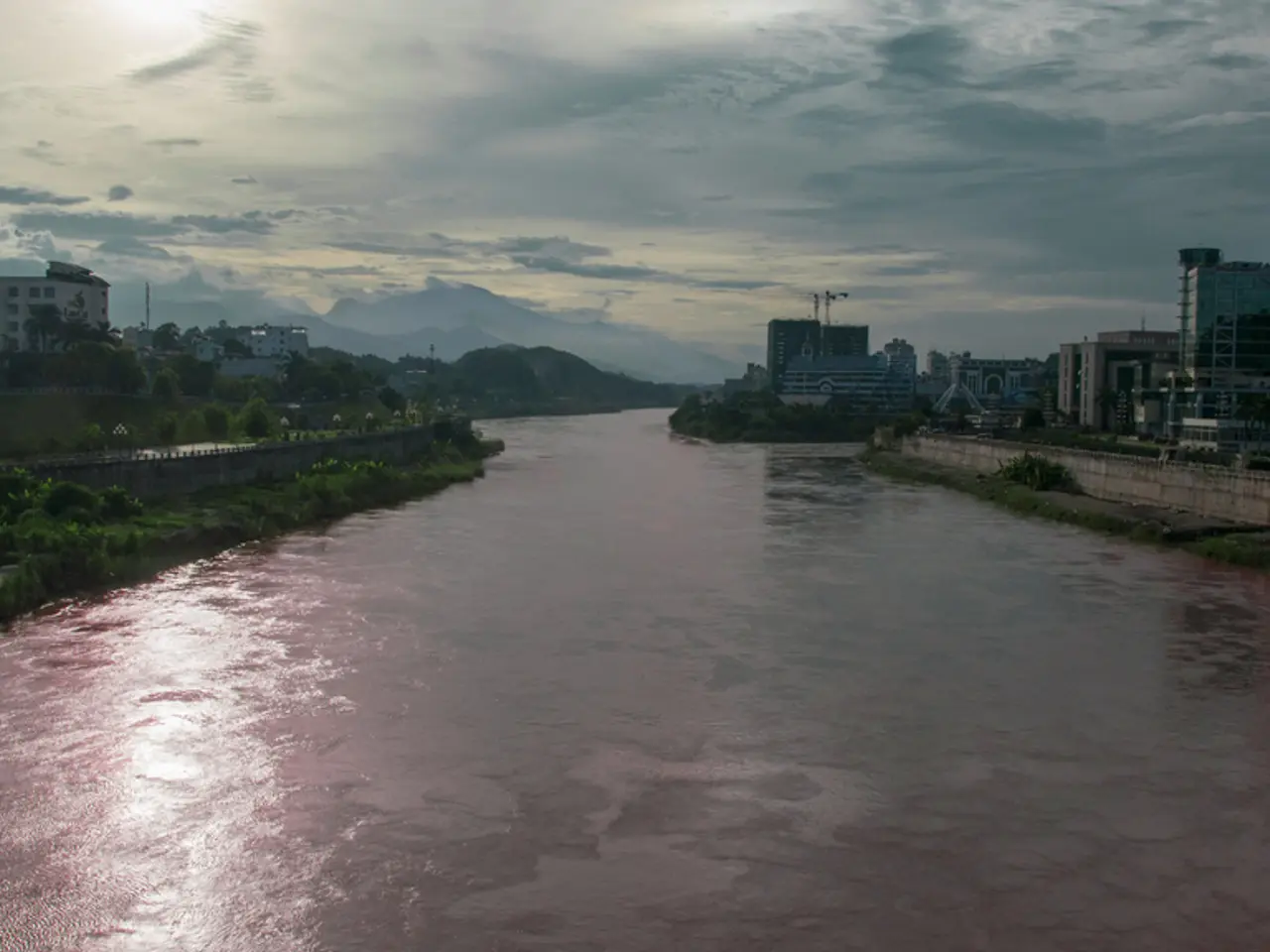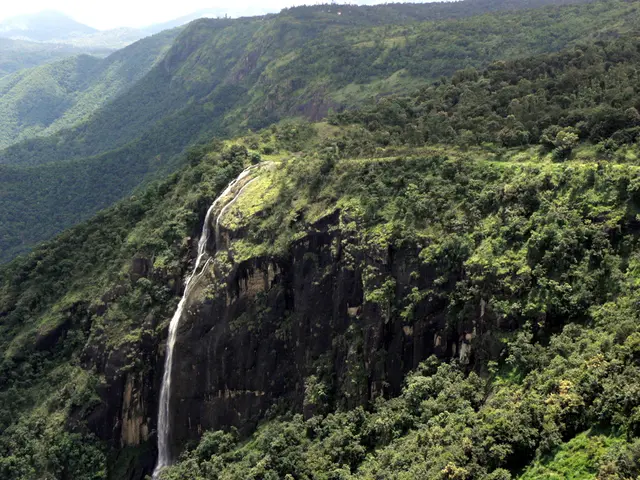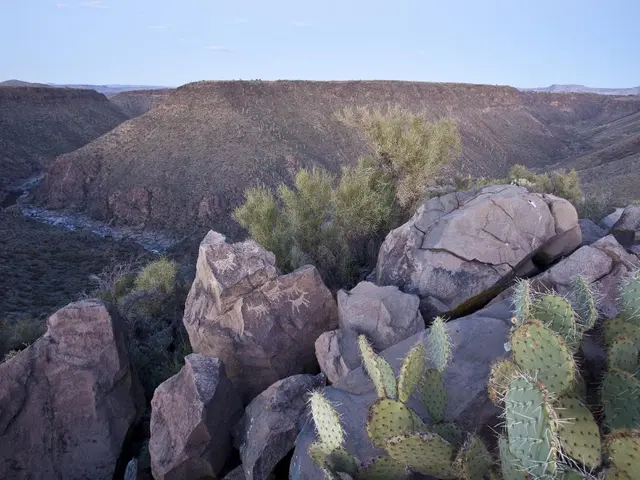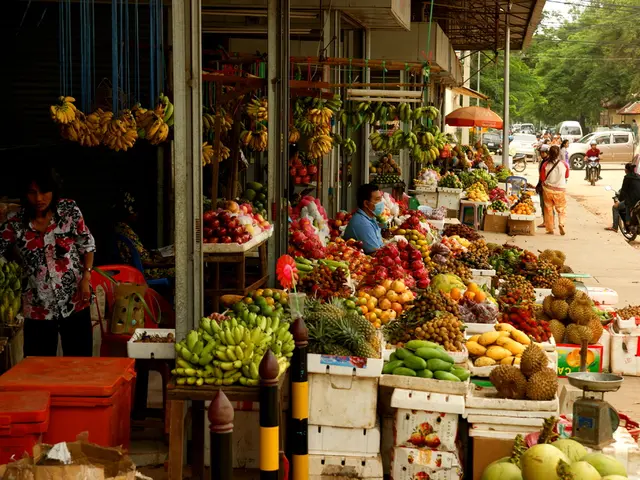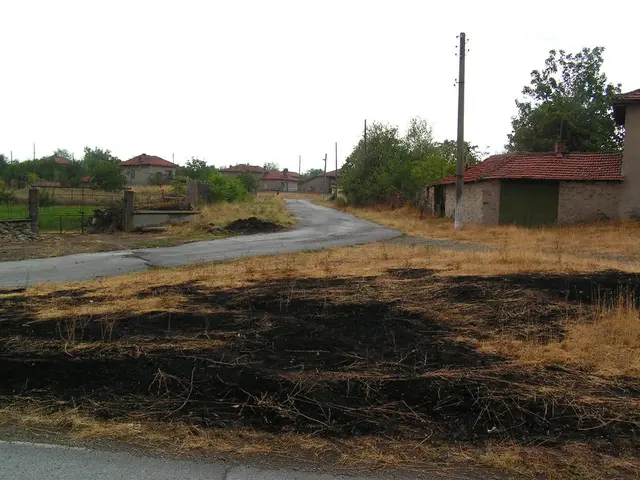Ganges Drying at Unprecedented Rate, Millions at Risk
The Ganges, a lifeline for hundreds of millions across South Asia, is drying at an unprecedented rate. Climate change, shifting monsoons, relentless extraction, and damming are pushing this vital river towards collapse. If nothing changes, millions could face severe food shortages within the next few decades.
Once navigable year-round, stretches of the Ganges are now impassable in summer. The Farakka Barrage in India has reduced dry-season flows into Bangladesh, making the land saltier and threatening the Sundarbans mangrove forest. The Ganges-Brahmaputra basin is one of the most rapidly depleting aquifers, with water levels falling by 15-20 millimeters each year. Canals that used to irrigate fields for weeks now dry up early, and some wells yield little more than a trickle. At the Ganges' source, the Gangotri glacier has retreated nearly a kilometer in just two decades.
The river basin supports over 650 million people, a quarter of India's freshwater, and much of its food and economic value. The Ganges' decline is accelerating beyond anything seen in recorded history.
The Ganges' future hangs in the balance. Coordinated efforts among the governments of India, Bangladesh, Nepal, Bhutan, China, and international bodies focused on water management and environmental protection are crucial. Reducing insufficient water discharge and ecosystem damage is vital to prevent severe food shortages and protect the millions who depend on this iconic river.
